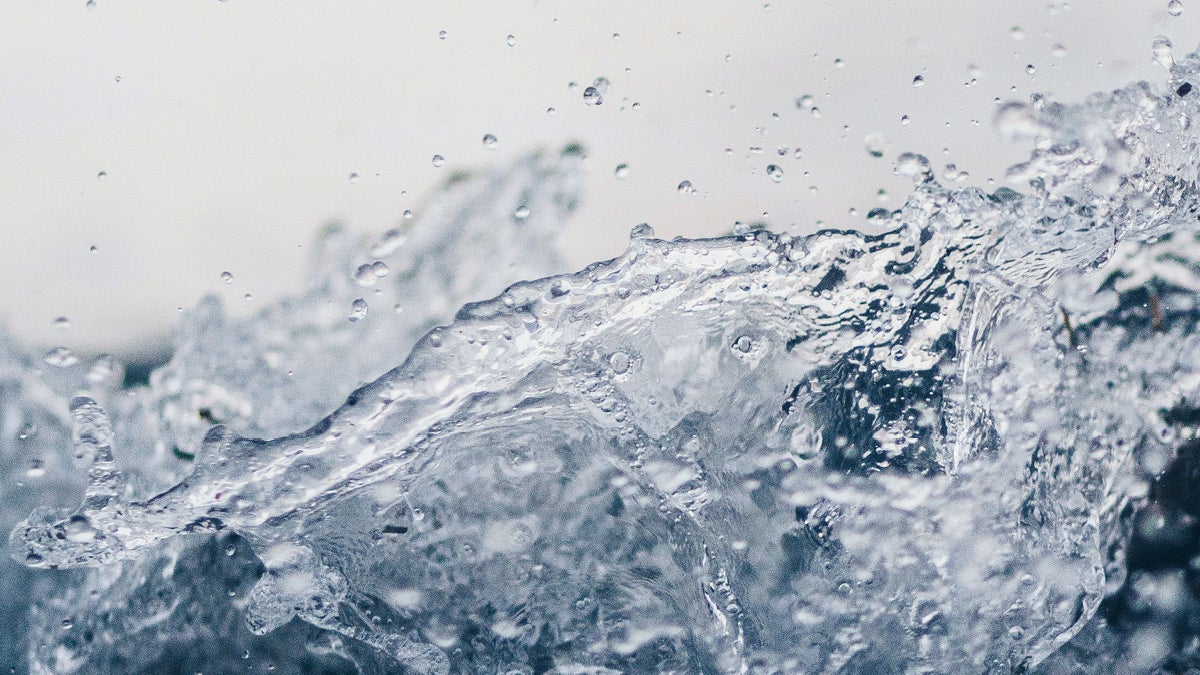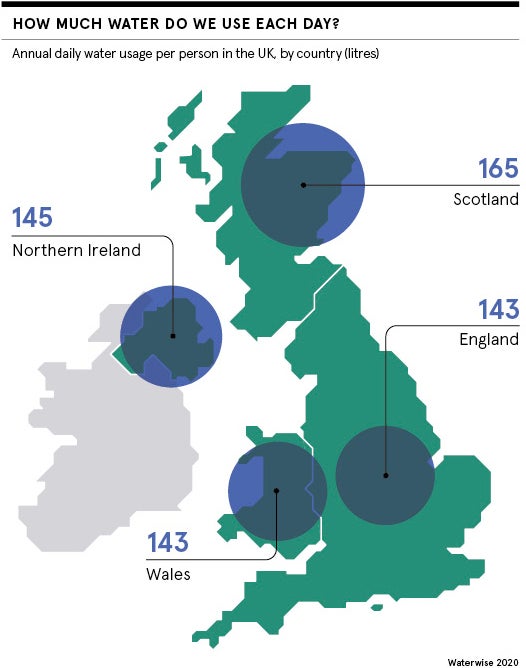
More than 50 per cent of the world’s population will be living in water-stressed regions by 2050, according to the United Nations. It’s therefore vital we reduce the 126 million cubic metres of water lost annually due to leaks, poor metering and theft, and not just for the good of the planet.
The cost of lost water amounts to $39 billion (£29 billion) a year. Meanwhile, consumers want businesses to do more than pay lip service to environmental issues. They expect to see real evidence of how companies are reducing their impact on the planet’s resources, including their approach to water management.
It’s an issue that’s particularly pertinent for water-intensive industries such as manufacturing and agriculture, which use large amounts of water to produce cars, clothing, crops and other vital goods. But thankfully there’s a solution.
Creating smarter water systems
Smart water systems based on internet of things (IoT) sensors, big data and analytics can reduce the amount of water that’s wasted during agricultural and manufacturing processes, improve the efficiency of water distribution systems and alert companies if toxins or other impurities are detected.
“Advances in IoT sensors, communications and cloud computing have dramatically lowered the cost of gathering, storing and analysing data, whether this is from specific equipment, like pumps or valves, or entire processes like water treatment or irrigation,” explains Joseph Vesey, chief marketing officer at Xylem, which creates smart technology solutions to meet water and energy needs.
“They allow us to go beyond basic monitoring to efficiently access new types of data, at a level of granularity that wasn’t cost effective in the past, especially for small and medium-sized organisations.”
In short, utilities, farmers and manufacturers of all sizes can use IoT technologies to improve their water management processes. Sensors can monitor tank filling levels, for instance, as well as control the quality of water used in manufacturing processes and detect leaks.
Better management of the water system means “energy is also reduced when leaks are eradicated, as the energy to treat and pump leaked water is no longer required”, says Nigel Harley, IoT sales specialist with the Internet of Things Centre of Excellence team at Software AG, which provides platform integration and IoT for enterprises.
“In agriculture, the use of soil moisture sensors can increase yields by applying just the right amount of water to satisfy plant needs and not saturating the root system,” says Laurie Reynolds, managing director of AquamatiX, a software company that specialises IoT solutions for water and wastewater infrastructure. “The amount of water to achieve ideal growing conditions can be varied during the growing season.”

IoT makes scaling up operations possible
Due to the size of many water company networks and the fact that their pumps and treatment equipment are often spread out over large areas, IoT offers an opportunity to gather data for water management on a far larger scale than was previously possible.
“While it’s practically impossible to install enough sensors to measure water quality changes everywhere in a network, IoT helps by presenting us with the bigger picture,” says Vesey. “It can interconnect a smaller number of sensors — ones that measure flow, pressure, water level and water quality — and link them together with models to ‘fill in the gaps’ and provide a complete picture of water quality changes across the entire system.”
Using IoT across water networks in this way allows operators to make better decisions about water management, and even automate decision-making to respond to demands in real time, including when and how to operate treatment plants, pumps and valves.
While it’s practically impossible to install enough sensors to measure water quality changes everywhere in a network, IoT helps by presenting us with the bigger picture
“In addition to providing precision, this technology eliminates many procedures that, until now, have been carried out manually,” says Alicia Asín, co-founder and chief executive of Libelium, which designs and manufacturers IoT solutions. She adds that this not only saves money, it means staff can be reassigned to other tasks, adding value to the business.
Reducing leakage is a top priority
SES Water, which provides water in Sutton and East Surrey, has been working with a number of its key supply chain partners to trial a range of specialist digital water meters, sensors and acoustic loggers on underground mains water pipes, which are connected using Vodafone’s narrowband IoT (NB-IoT) network.
“These partnerships we have developed are helping us create an intelligent water distribution network that aims to cut leakage by 15 per cent over the next five years and provide a better, more resilient service to our customers,” says Daniel Woodworth, network strategy manager at SES Water.
The water company is getting near real-time data from the sensors, and artificial intelligence and machine-learning alerts them immediately to leaks, low pressure or other supply interruptions. “As a result we can be made aware of any leakage occurring on our customers’ pipework, allowing us to pinpoint the precise location before it can cause any damage to property, the environment or an interruption to supply,” says Woodworth.
After seeing significant benefits of moving to NB-IoT, SES Water has now begun a full company-wide rollout of the technology. In future, it could even enable the water provider to predict and prevent pipeline failure before it happens.
Whatever the industry, Rik Gunderson, utility client director at Software AG, says there are ultimately three elements to improving water management and reducing wastage: capturing the data, analysing that data and using these insights to drive a business outcome. “The hardest part in any industry is the ability to access the data, make both it and the resulting analytics easily accessible yet secure, and to have the business foresight to use the data in a way that drives decisions,” he says. While this might be a challenge in some instances, the results, both environmentally and economically, seem well worth the effort.

More than 50 per cent of the world’s population will be living in water-stressed regions by 2050, according to the United Nations. It’s therefore vital we reduce the 126 million cubic metres of water lost annually due to leaks, poor metering and theft, and not just for the good of the planet.
The cost of lost water amounts to $39 billion (£29 billion) a year. Meanwhile, consumers want businesses to do more than pay lip service to environmental issues. They expect to see real evidence of how companies are reducing their impact on the planet’s resources, including their approach to water management.
It’s an issue that’s particularly pertinent for water-intensive industries such as manufacturing and agriculture, which use large amounts of water to produce cars, clothing, crops and other vital goods. But thankfully there’s a solution.
